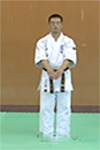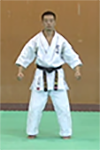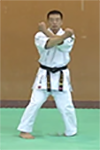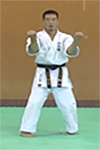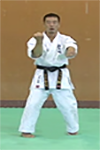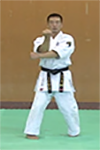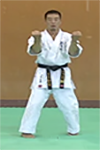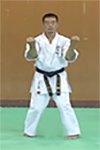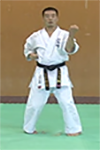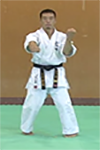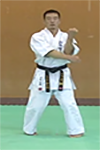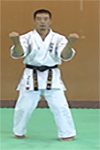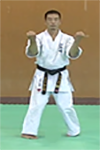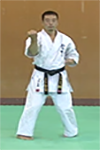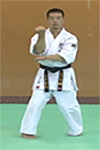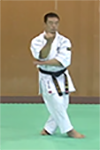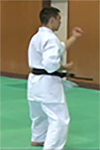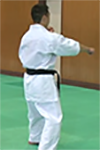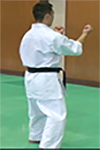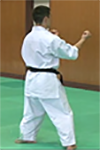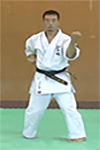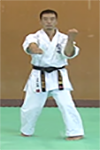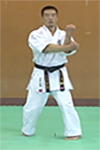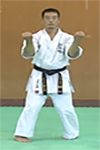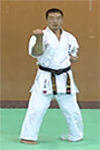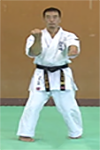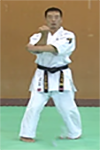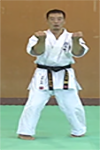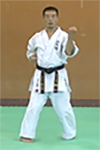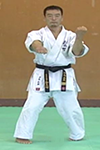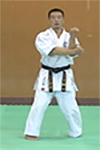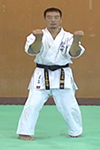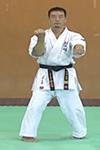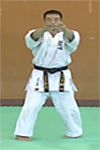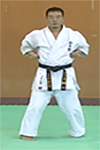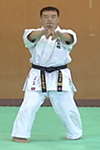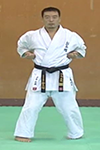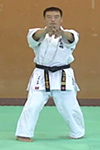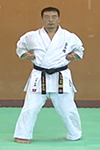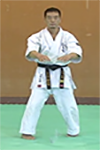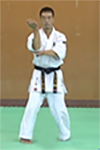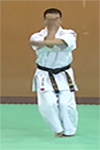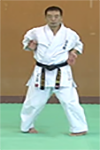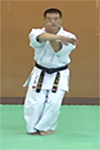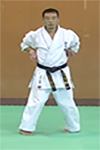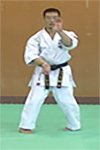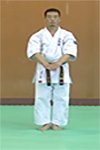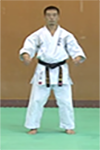Sanchin no Kata - 三戦の型
Three elements are practiced with
In practicing
It is easy to see why Mas Oyama would want the Kata as part of his Kyokushin Karate. He considered the three most important principles of Kata training to be
Sanchin no Kata - 三戦の型
video
instructions
Video
source Youtube
Documentation
Kihon Waza
Dachi Waza
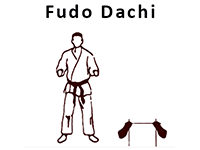 Fudo Dachi
Fudo Dachi
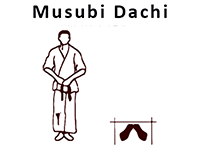 Mosubi Dachi
Mosubi Dachi
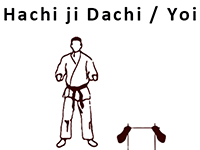 Joi Dachi
Joi Dachi
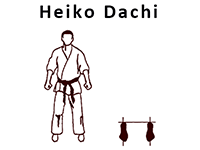 Heiko Dachi
Heiko Dachi
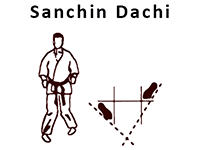 Sanchin Dachi
Sanchin Dachi
Te Waza
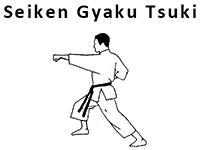 Seiken Chudan Gyaku Tsuki
Seiken Chudan Gyaku Tsuki
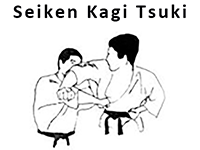 Seiken Kagi Tsuki
Seiken Kagi Tsuki
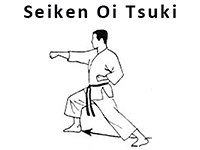 Seiken Chudan Oi Tsuki
Seiken Chudan Oi Tsuki
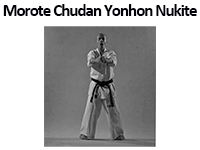 Morote Yonhon Nukite
Morote Yonhon Nukite
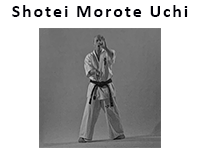 Shotei Morote Uchi
Shotei Morote Uchi
Uke Waza
 Seiken Morote Uchi Uke
Seiken Morote Uchi Uke
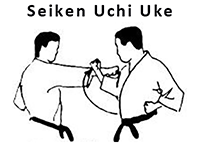 Seiken Uchi Uke
Seiken Uchi Uke
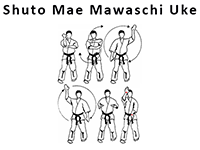 Shuto Mae Mawashi Uke
Shuto Mae Mawashi Uke
Kihon Jutsugo
Kamae - 構え, means posture or base. Kamae is to be differentiated from the word Dachi - 立ち. Dachi refers to the position of the body from the waist down, Kamae refers to the posture of the entire body, as well as encompassing one's mental readiness.Kamae
Mokusō - 黙想, means meditation, part of the training of mushin; the call to meditate.Mokuso
Hajime - 始め, means begin.Hajime
Hikite - 引き手 means drawing hand: Hiku - 引き, to draw or pull, and Te - 手, the hand.Hikite
Ibuki is karate’s hard breathing method. Ibuki breathing is a study of tension, which is necessary to truly understand relaxation. While ibuki breathing serves as a dynamic tension exercise, its true value is ki development, since it teaches the breathing control necessary for kiai. Ibuki breathing is performed in two ways, one long, and one short. Ibuki
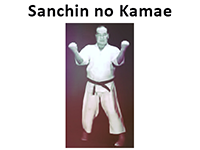 Sanchin no Kamae
Sanchin no Kamae
Naore - 直れ, is a command to go back into the beginning Kamae.Naore
Yasumi - 休み, is a command to rest or relax.Yasume
